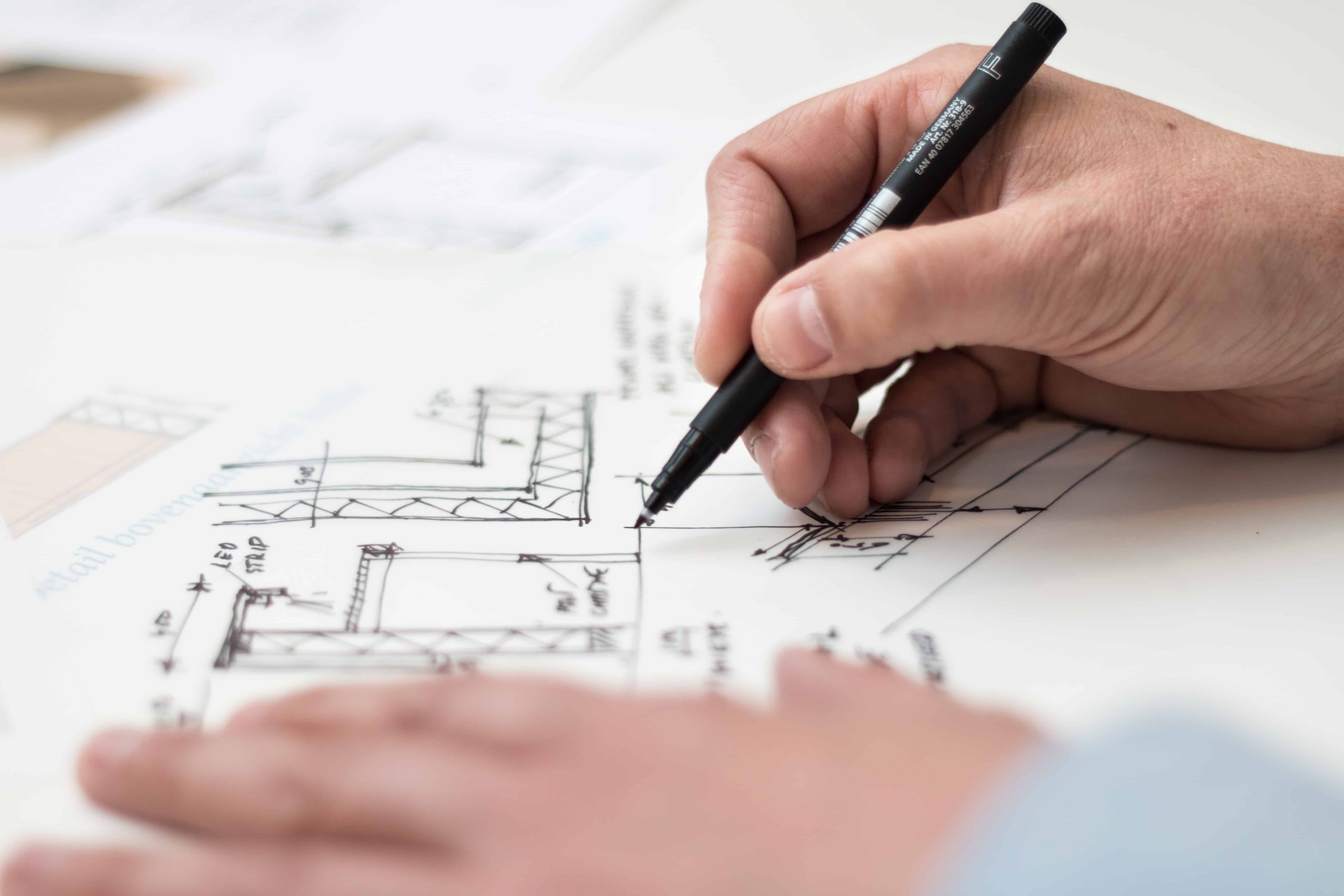Optimisation imperatives to fuel AI-powered homes and buildings – Technologist

Home & building technology companies are increasingly embedding artificial intelligence (AI) and machine learning algorithms into products to facilitate self-learning behaviour and stay ahead of the competition.
These technologies are expected to enable building optimization capabilities, which are key differentiators. Additional features that support sustainability and customer-centric solutions will help entrants compete against incumbents and overall, creating a$1.3 trillion industry in 2019.
“Vertically-integrated building automation solutions, edge intelligence in commercial building automation applications, and energy disaggregation in commercial buildings will be distinct features in building management in 2019,” said Anirudh Bhaskaran, senior industry analyst for Industrial at Frost & Sullivan.
He added that leading building automation participants will be looking to integrate cognitive abilities in buildings by way of partnerships with technology companies. Analysing huge volumes of data is critical for cognitive buildings.
“Numerous smart home devices will be integrated with voice command control in 2019. Smart home security providers will lay emphasis on the comfort of homeowners in addition to improving home security by offering multi-functional products,” noted Bhaskaran. “To make homes truly connected and energy efficient, homes and buildings companies need to establish partnerships with utilities, energy consultants, and retailers. Meanwhile, Software-as-a-Solution (SaaS) developers need to develop a vendor-agnostic software platform to make solutions compatible with third-party hardware.”
Energy efficiency and low carbon technologies are key topics in Europe, while the US will see high growth in IoT-based markets. In Asia, there will be a surge in voice command control. To tap these growth opportunities and others, participants across tiers are implementing a range of strategies including:
- Providing smart thermostats, smart speakers, wearable devices, smart locks, indoor cameras, and connected LED bulbs. A large number of smart home devices were integrated with Amazon, Google, and Apple smart speakers in 2018.
- Incorporating machine learning algorithms to provide personalized services to building occupants.
- Ensuring interoperability by having hardware manufacturers come together to develop products that are compatible with both wired and wireless protocols.
- Building a centralized data repository in the cloud for customers to access energy consumption data for independent data analytical applications.
- Leveraging the data generated in buildings to provide maximum insights with nearly zero human intervention.
- Developing multi-controller products that control multiple building services, mainly HVAC and lighting controls, to reduce the capital expenditure for building managers.
- Adopting flexible business models that cover both hardware and software.



